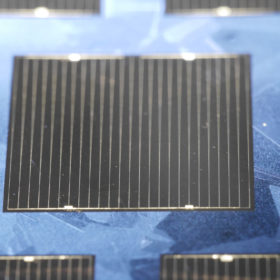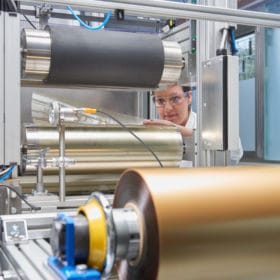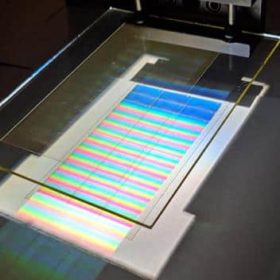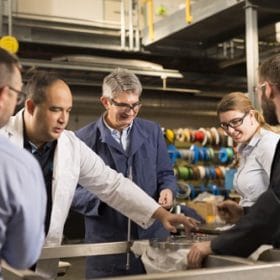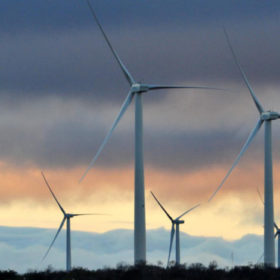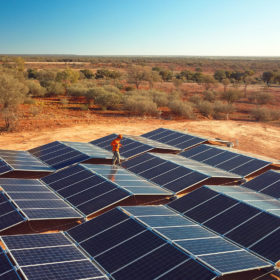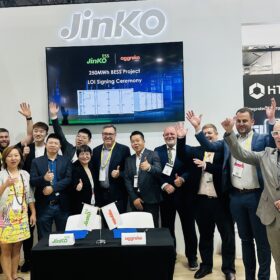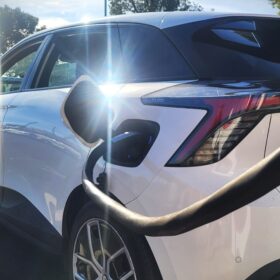Sunday read: Life after PERC
The pursuit of higher conversion efficiencies is an eternal theme in the PV industry. Among all the links in the chain, cell technology is the most fundamental and decisive element. As we look beyond the established PERC technology, whether heterojunction or TOPCon will become the dominant “next-gen” solar cell among China’s manufacturing giants is emerging as a balancing act between incumbent and upstart, reports Vincent Shaw from Shanghai.
Hydrogen start-ups targeted as Geelong Cluster joins national network
Victoria is accelerating plans to carve out a share of the evolving global hydrogen market, calling for Expressions of Interest from parties keen to play a role in the newly launched Greater Geelong Hydrogen Technology Cluster.
Using excess heat from PV modules for lithium-extraction process
Canada-based Enertopia filed provisional patents for technology that it said could boost PV system output by 10% or more and reduce panel heat stress.
Holographic light collector to improve solar panel yield
In the proposed system, the optical element is placed symmetrically at the centre of the solar panel in order to increase the length of the effective light collection region. Each hologram is claimed to be able to separate the colors of sunlight and direct them to the solar cells within the solar panel.
Mission Possible: CSIRO launches $68 million Hydrogen Industry Mission
Australia’s national science agency, the CSIRO, has launched a collaborative “Team Australia” style mission bringing together actors from all aspects of hydrogen development and production toward the goal of driving costs below $2/kg and driving Australia toward hydrogen superpower status by 2030.
Panasonic combines hydrogen fuel cell generators with PV and storage
The pilot project is combining hydrogen fuel cell generators with a combined capacity of 500 kW with a 570 kW solar array and 1.1 MWh of lithium-ion batteries. It is planned to come online in the spring of 2022.
Water-free, portable cleaning bot for rooftop solar
India’s Aegeus Technologies has developed an autonomous, water-free cleaning bot for rooftop solar installations. The bot weighs 5 kg (with battery) and can be operated remotely through a web-based app. It uses an air wash technology to clean the panels, ensuring no need for water or any harmful chemicals.
Tool offers insight into how solar and wind impact wholesale electric prices
U.S. Department of Energy’s Berkeley Lab has devised a tool to allow users to compare pricing trends across locations, regions, and timeframes, down to the nodal level.
$11 million ARENA/Alcoa project to demonstrate efficient green alumina processing
ARENA and green-thumb Angus Taylor have launched a project to demonstrate that renewable energy can be cost competitive compared to fossil-fuel use in the processing of alumina — providing an incentive for one of Australia’s biggest industries to adopt this technology and offer low-carbon alumina to the world market.
The winning ways of the Australian Technologies Competition
Got a startup that’s contributing to the energy transition, to advancing development of “smart” cities, to decarbonisation of agriculture or mines? The ATC has a track record for scaling up promising tech and has just extended its entry deadline to June 7. Opportunity knocks.
